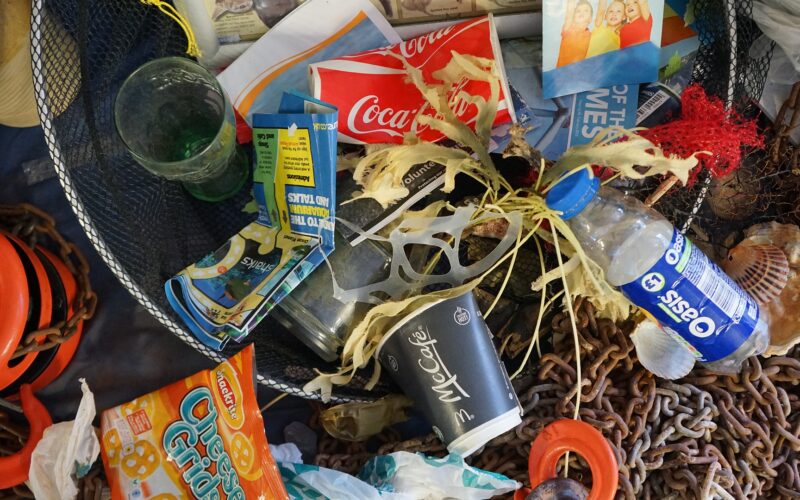Although the impact of microplastic on human health is not known, various studies have shown that it exists in various environments in the world and is affecting our ecology and body.
Washington, D.C. (Business Northeast) – At the American Chemical Society (ACS) meeting, the team from Arizona State University in the United States confirmed for the first time that microplastic could be absorbed and accumulated by human organs. Since microplastic may enter the human body through different channels, the public must pay attention to it.
Microplastic exists in the human body
Researchers at Arizona State University obtained 47 samples from the database. In order to extract microplastic from the samples, they developed a computer program to calculate the mass and area of the microplastic. Researchers found Bisphenol A (BPA) used to make plastic in all 47 human samples, confirming that plastic is entering our body.
The Arizona State University team stated, “We never want to be alarmist, but it concerns that these non-biodegradable materials that are present everywhere can enter and accumulate in human tissues, and we don’t know the possible health effects.”
Where does microplastic come from?
When the washing machine washes synthetic clothes that contain plastic components, tiny fibers will fall off and flow out through the pipeline. A study by McGill University in Canada also found that plastic particles are prone to appear in tea bags under high temperatures, and we drink them into our bodies. More studies have confirmed that there is also microplastic in rain and air, and plastic has become ubiquitous.
United States Geological Survey (USGS) researcher Gregory Wetherbee released a research report, which uses “It is raining plastic” as the research topic to expose shocking facts. He spent many years sampling the rainwater in the Rocky Mountains and found that the rainwater contained microplastic.
The research team at the National University of Ireland found that there is microplastic in deep-sea fish at a depth of 300 to 600 meters in the Atlantic Ocean. These fish live in deep seas far away from the land, and the detection rate of microplastic exceeds 70% of the overall, which has a negative impact on the health of humans who eat fish.
When we are in a plastic crisis
Although the World Health Organization (WHO) pointed out in a report in 2019 that microplastic in drinking water does not cause health hazards at the current level, but there may still be unknown and negative consequences for the ecosystem and human health.
Dr. Melanie Bergmann of the Alfred Wegener Institute said: “We really need to conduct research from the perspective of human health. There have been too many reports focusing on microplastic, but ignoring its relationship with human health.”
As microplastic enters the environment, we may not know the impact of microplastic until beyond the safe range. When we are in a plastic crisis, how to maintain human health and make the ecology sustainable is a topic that all mankind must pay attention to. If we cannot stop pollution, the next generation of children may face more illnesses and ecological problems.
Relevant information:
1. It is raining plastic
2. Human Consumption of Microplastics
3. Plastic Teabags Release Billions of Microparticles and Nanoparticles into Tea
4. Methods for microplastics, nanoplastics and plastic monomer detection and reporting in human tissues










